Romania has to be one of the most interesting birdwatching destinations in Europe. It boasts a great variety of different habitats including the Danube Delta, the Black Sea coastal lagoons and low Macin mountains of the Dobrogea region, rising up to the lofty Carpathian mountains which dominate the north of the country.
The wildlife is pretty impressive too – with a great diversity of birds, some of which are at the westernmost point of their range here. Amongst the larger mammals, Romania boasts about 50% of Europe’s Brown Bears (outside of Russia) and a significant proportion of its Wolves. We spent 12 days in Romania in the middle of August this year, not the best time of year to visit but still we managed to see 196 species of bird, and plenty of Brown Bears!
This was not a tour – but is a prelude to one. In early June 2019 I will be leading a group on an 8-day tour to Romania. We will visit the Danube Delta and Dobrogea regions, the first two areas which we visited on this trip (but not the Carpathians, which was the third part of our trip). If you like the sound of what you read in the first two parts of this blog and would like to join us, please contact me for more details.
The Romania tour in 2019, along with all our other international tours, is organised together with our friends at Oriole Birding. You can see more details here.
10th-12th August – The Dobrogea
After a travel day on 9th, we spent the first three days of our trip exploring the Dobrogea region, south of the Danube.
Paddyfield Warbler was one of our main target species here. It is at the western extreme of its range in Romania, but can be found in reedbeds around the saline lagoons along the Black Sea coast. We had thought we might struggle to find them, given the time of year, but we shouldn’t have worried. At the first site we tried we had amazing views of at least 10 birds, feeding in low vegetation alongside the track down to the coast.
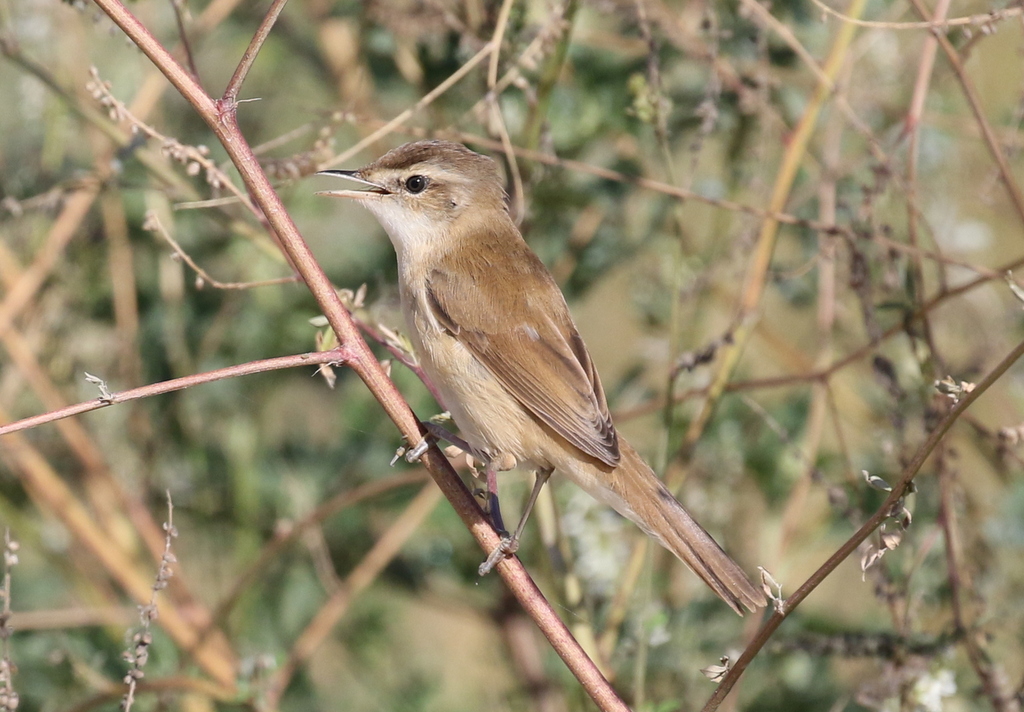
Paddyfield Warblers can be very shy. They are a very rare visitor to the UK and normally don’t show very well when they are found here. So this was an unbelievable opportunity to spend some time watching them at close quarters.
Pallas’s Gull (also known as Great Black-headed Gull) was another bird we particularly wanted to see here. They proved hard to find at first – there was no sign of any on the lagoons we tried first. Then on our last day in the Dobrogea, driving down towards the coast, we spotted two with about a dozen Caspian Gulls loafing in a ploughed field.
Two Pallas’s Gulls was good enough, but it didn’t prepare us for what we found when we got down to the lagoons. There were over 160 Pallas’s Gulls here on the island in the middle! This lagoon is often dry at this time of year, but after heavy rains in July it was full of water, which may explain why they were here.

The Pallas’s Gulls were of a variety of different ages, including juveniles and moulting adults, most of which were already in the process of losing their black hoods. Birds were coming and going all the time, and we had some great close flybys.

There were also Caspian and Yellow-legged Gulls around the various lagoons in the Dobrogea, as well as good numbers of Little Gulls. However, one of the other sights which will linger long in the memory is a single field just inland which had just been cultivated and held several thousands of Mediterranean Gulls and almost no other gulls with them!
There were lots of terns around the lagoons with the gulls too. In particular, we enjoyed great views of Caspian Terns and Gull-billed Terns. We also found one or two Black Terns and White-winged Black Terns in with the larger numbers of Common and Little Terns.
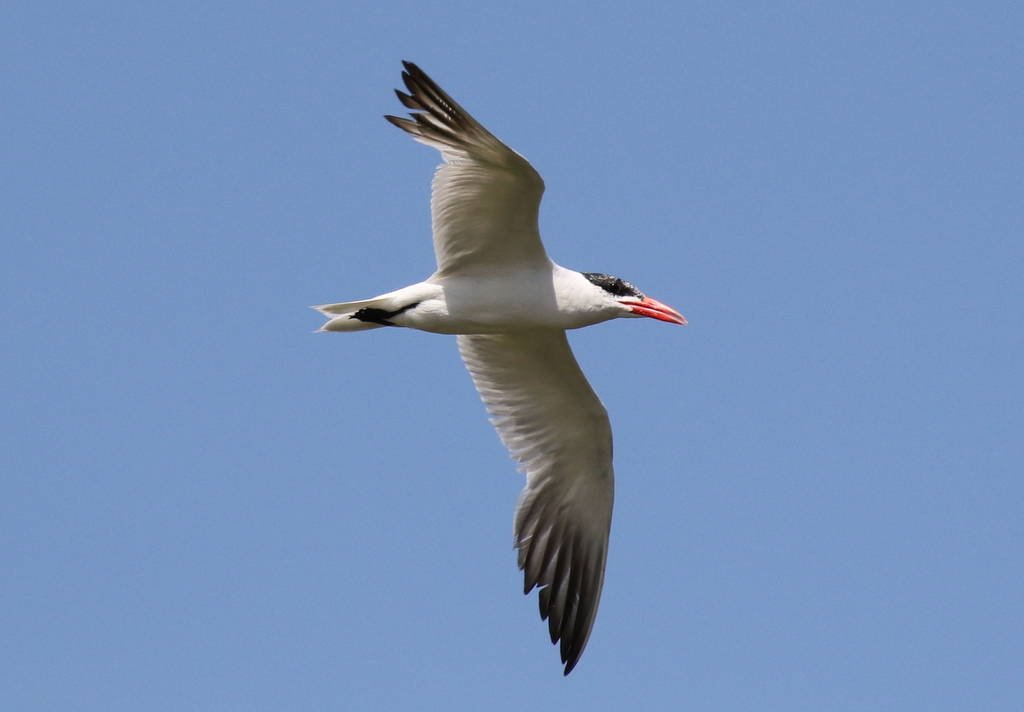
The waders on the lagoons were pretty special too. In mid August, many species were already on their way back south from breeding areas further north. The wader highlight was finding at least 15 Broad-billed Sandpipers and over 200 Marsh Sandpipers around the same lagoon where the Pallas’s Gulls were. Quite a place!
This is also a great place to catch up with Collared Pratincoles, which breed around the lagoons here. We enjoyed fantastic close-up views of several adults and juveniles around the drier margins of the lagoons.

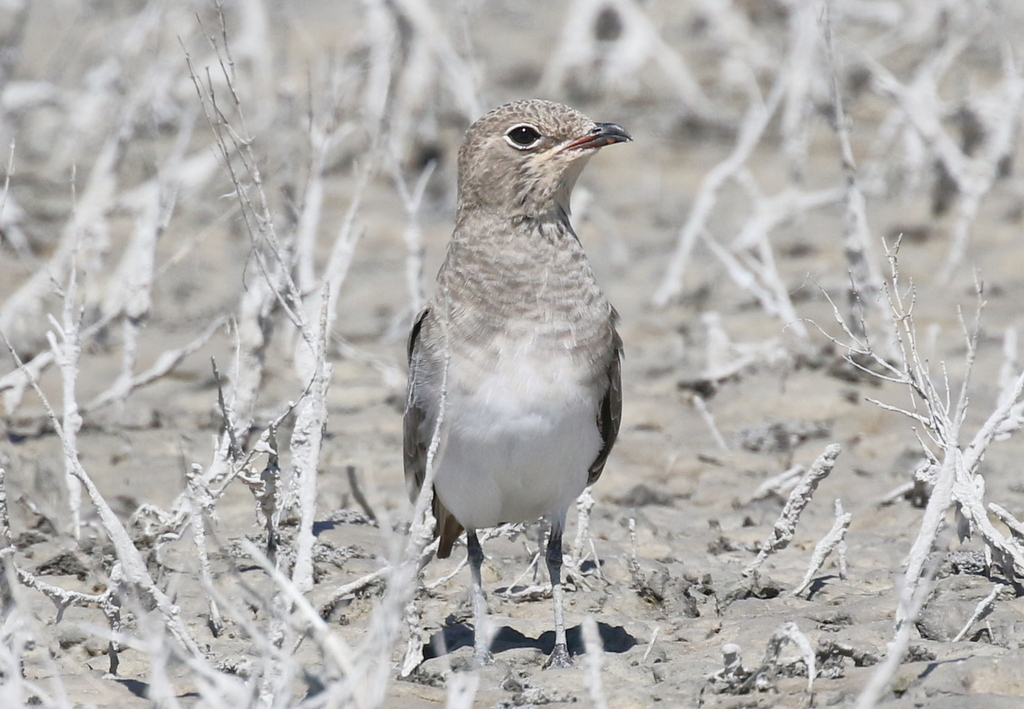
We also saw smaller numbers of Temminck’s Stints, Little Stints, Curlew Sandpipers and Spotted Redshanks, as well as lots of Wood Sandpipers, around the various lagoons down on the coast. In total, including the species which breed here too, we saw 26 species of waders on the trip.
The Danube Delta gave us better opportunities for close views of pelicans, but we saw our first White and Dalmatian Pelicans down on the Black Sea coast, including some impressive flocks of White Pelicans. With the breeding season over, they were presumably dispersing out of the Delta. It was a fantastic sight, watching them thermalling, trying to gain height.

The other key species to see in the Dobrogea is Pied Wheatear which, like the Paddyfield Warbler, is at the very westernmost part of its range here. We saw our first Pied Wheatear in the Macin Mountains, while looking for Rock Thrush. A smart male, it flew right past us from somewhere down below, but disappeared higher up the slope without stopping. The Rock Thrushes had already finished breeding and dispersed, but we eventually found one, a female, right on the top of the ridge. We also had good views of Sombre Tits here.
We saw many more Pied Wheatears in the Dobrogea gorges. They appeared to have had a successful breeding season, as the birds we found were all juveniles.
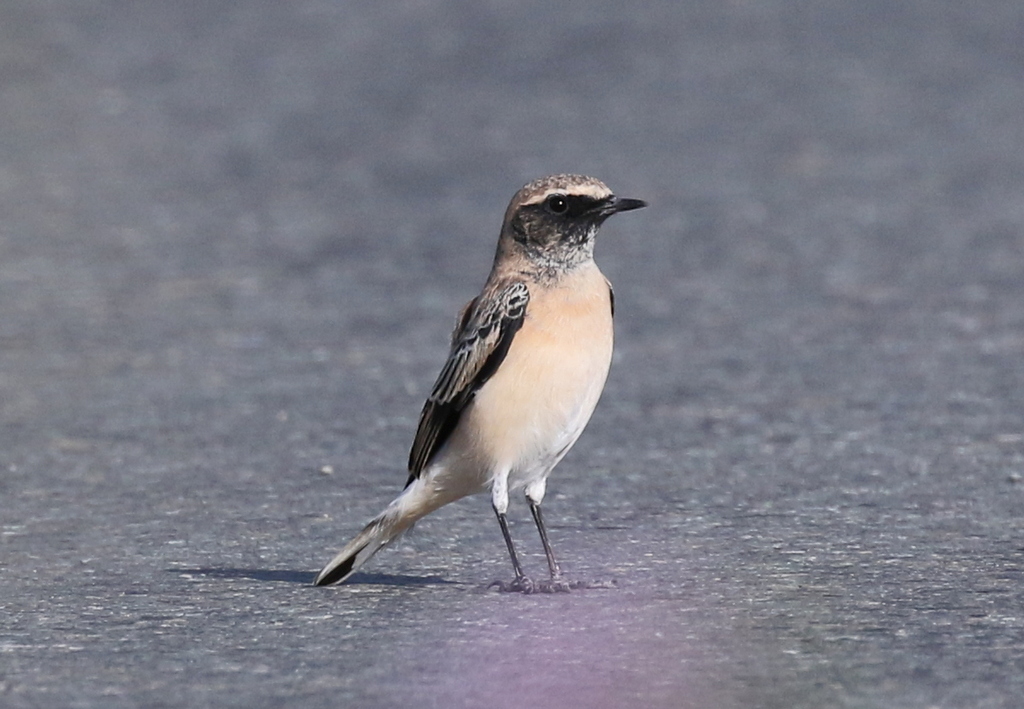
In contrast, Isabelline Wheatear is a much more widespread bird and one which we encountered quite regularly on the Dobrogea plain, typically in areas of steppe grassland or in farmland. We saw lots of Northern Wheatears too, both high up in the Macin Mountains and down on the plains.
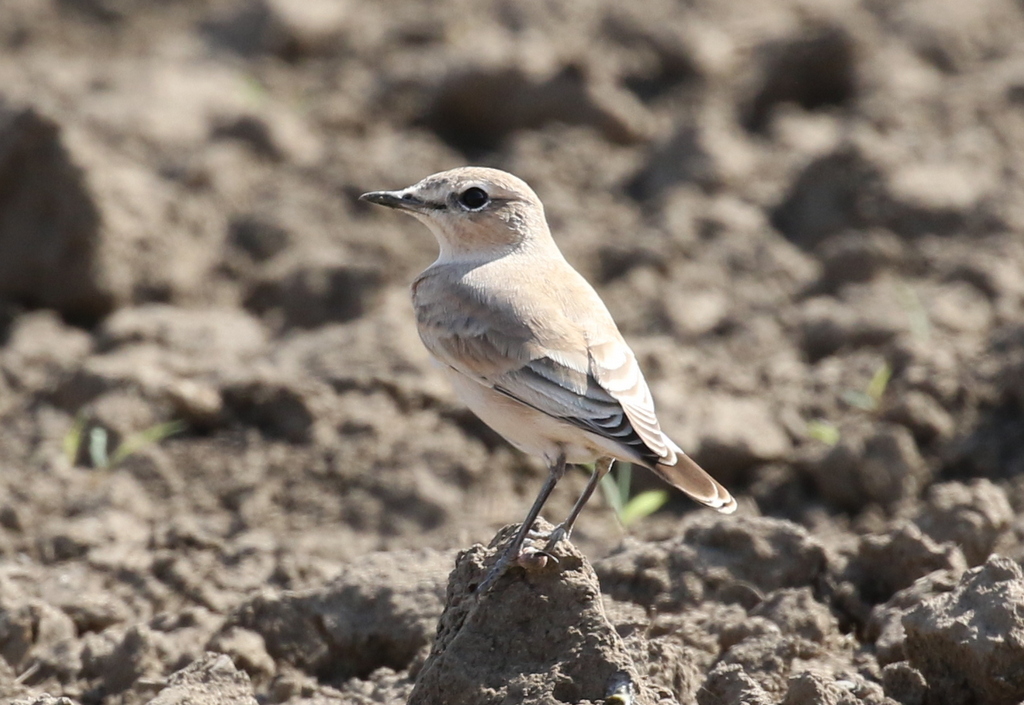
One of the most memorable moments of these first three days was eating our lunch in the middle of a colony of Red-footed Falcons! These birds breed in a small poplar wood, which has a track running through it. The juveniles had already fledged but were still hanging around the colony, mostly perching in the treetops or chasing round between the branches after the adults, begging to be fed.
It was great to be able to spend some time watching them. Several of the adult Red-footed Falcons were perched in the trees too, males and females.

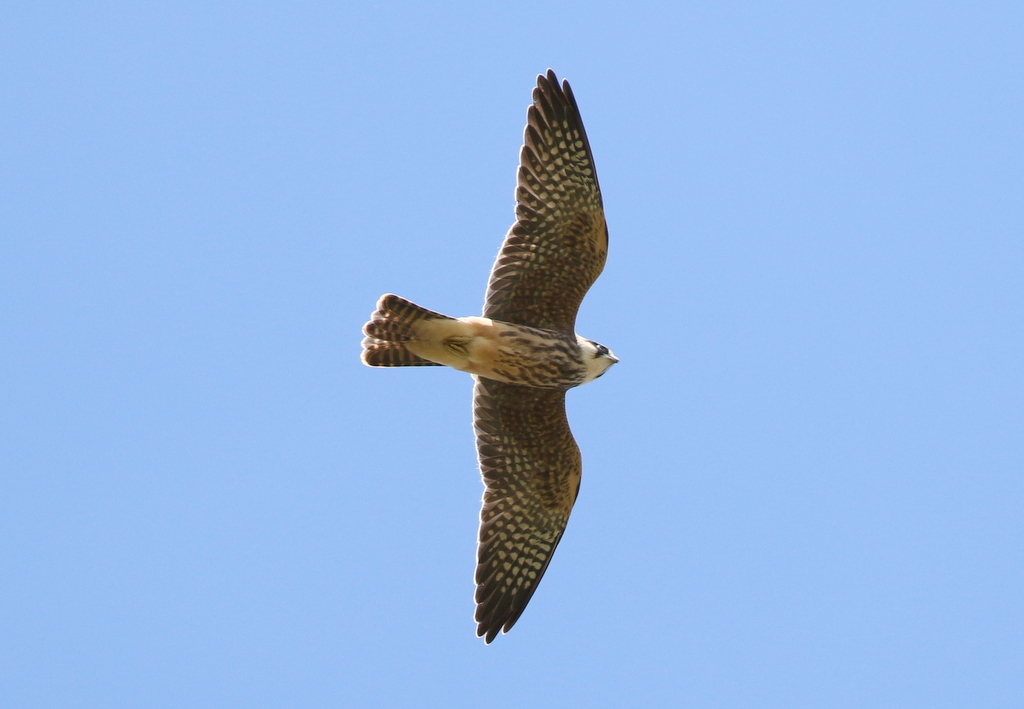
We saw several other Red-footed Falcons out hunting as we drove around the Dobrogea. We also encountered a good selection of other raptors on our travels, including White-tailed, Booted and Lesser Spotted Eagles, Levant Sparrowhawk, Marsh and Montagu’s Harriers, Long-legged and Steppe/Common Buzzards and several Honey Buzzards.
The forested areas within the Dobrogea also hold some interesting species. Red-breasted Flycatchers breed here and we visited one area where we found a pair with fledged juveniles in the trees. Hawfinches are common here too. Romania is a great place to see woodpeckers, and on our first morning in the Dobrogea we saw or heard 7 different species, including great views of several Middle Spotted Woodpeckers.
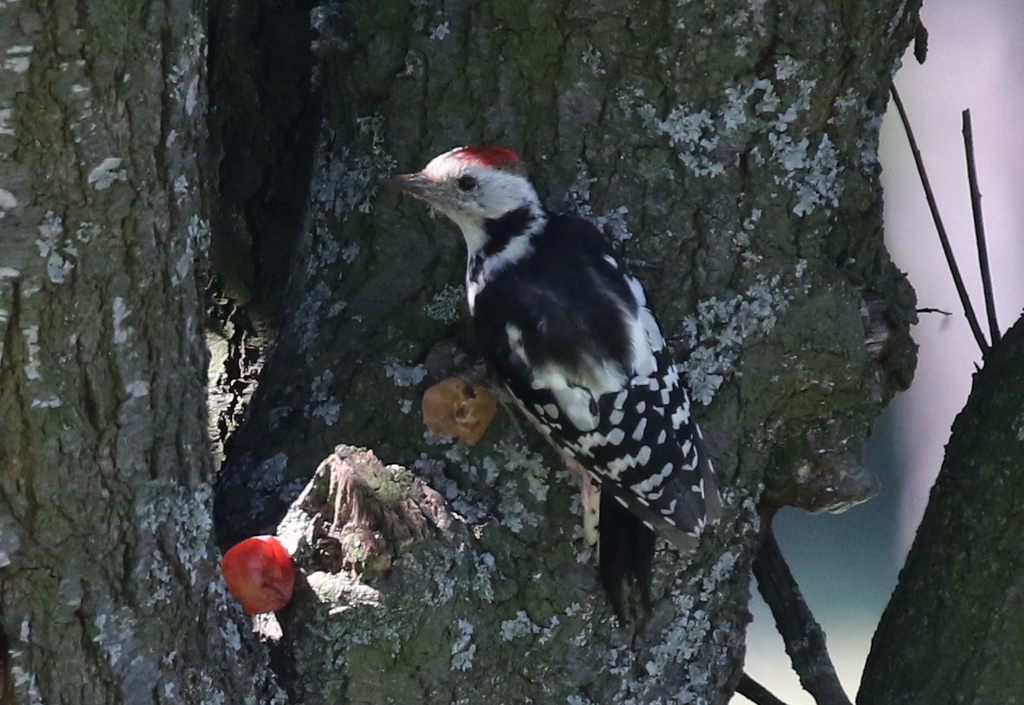
Syrian Woodpecker is probably the most common species here, and is not limited to the forests. We encountered them in many places, including on concrete telegraph posts in the villages! There are Great Spotted Woodpeckers here too, which are very similar, but Syrian is easy to pick up on its subtly different call with a bit of practice and when seen well by the lack of a black bar across the top of the neck.
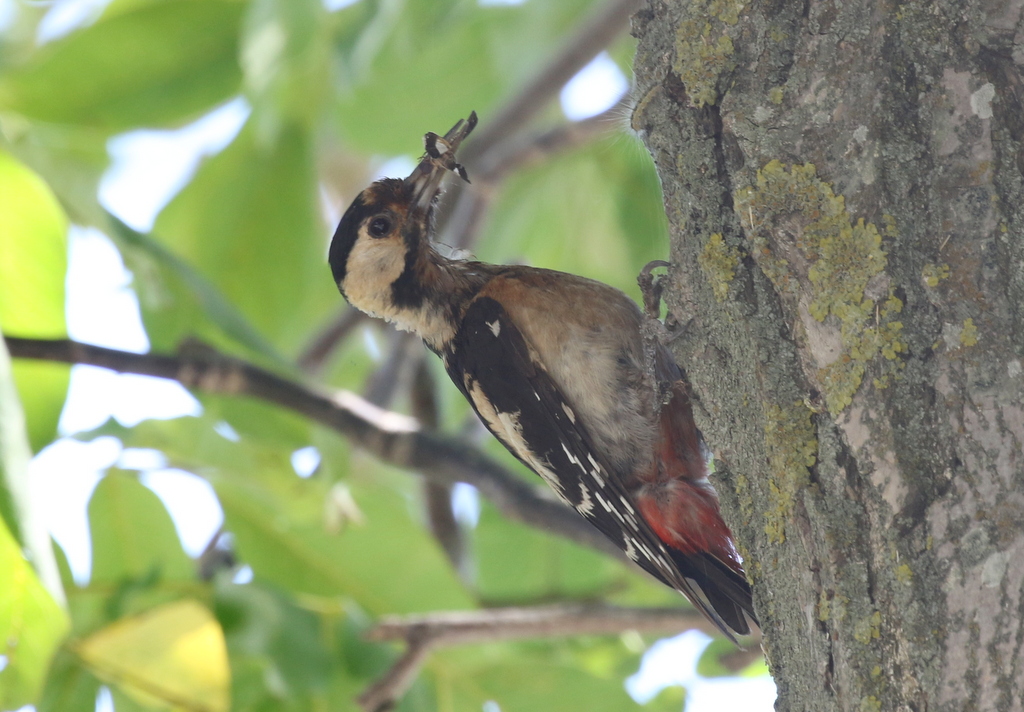
The wider countryside of the Dobrogea is mostly comprised of vast open areas of farmland, interspersed with smaller open areas of steppe-like grazing land. Hedges were taken out and field sizes increased during the agricultural collectivisation of the Ceaucescu era.
Despite the lack of hedges, the one thing that immediately strikes you as you drive around the region is the abundance of shrikes. Red-backed Shrikes are simply abundant – we rarely drove far along a country road without seeing one or more Red-backed Shrikes perched on the roadside wires or any bush or other convenient vantage point.
Lesser Grey Shrikes are common too, and we saw good numbers of this species on our travels and enjoyed great views of several from the car. Presumably, the number of shrikes here speaks to an abundance still of insects or small vertebrates in farmland here, something which is sadly lacking in much of western Europe.
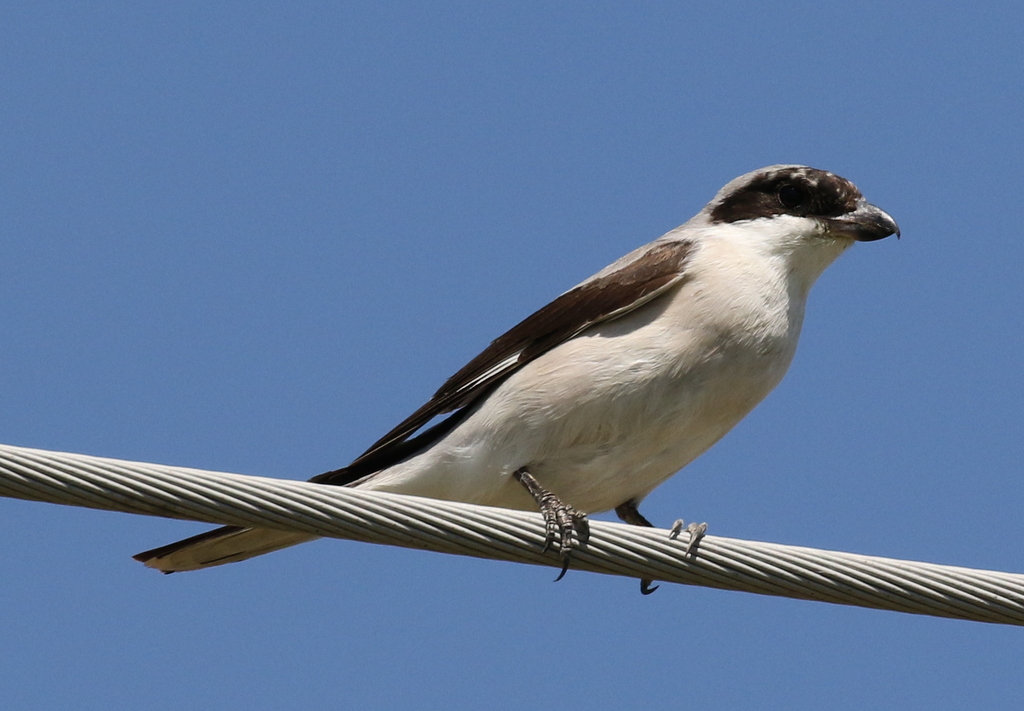
Rollers are still abundant here too, again presumably due to a plentiful supply of insects. They are a common sight on roadside wires, always great birds to see. We eventually got some fantastic close views of them, using the car as a mobile hide.

A visit to southern Europe in summer would not be complete without Bee-eaters. We saw lots of these too – another common sight on roadside wires.
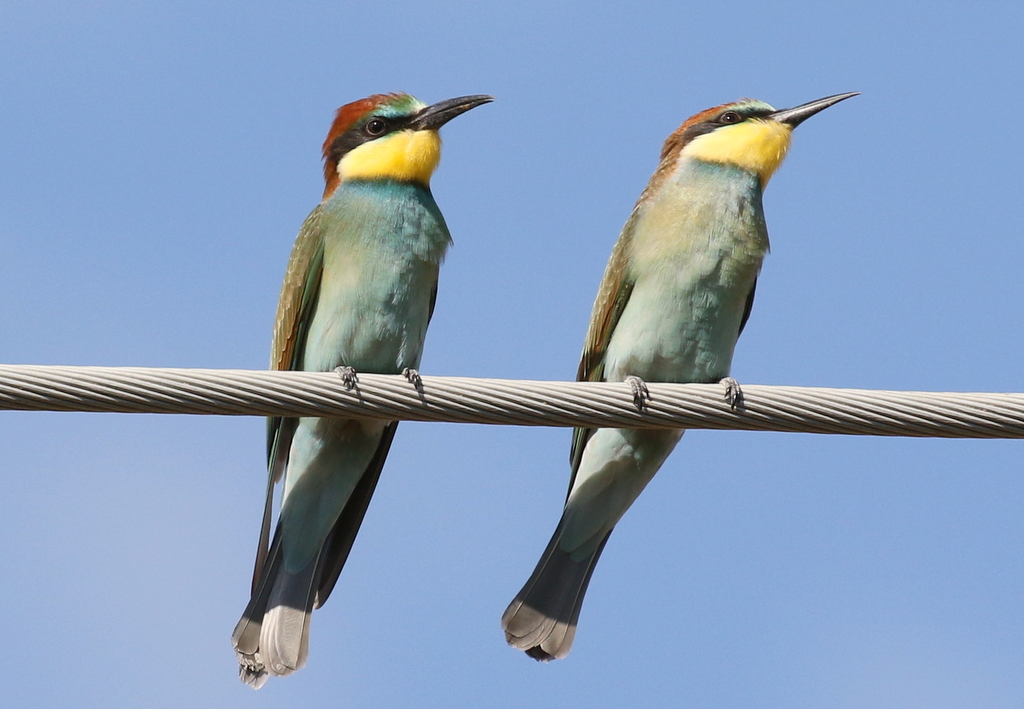
As well as birds, we saw a nice selection of other animals. Highlights include the Sousliks (or European Ground Squirrels) which inhabit the grassy steppe areas and Spur-thighed Tortoise. We also saw a nice selection of butterflies, particularly at higher elevations.
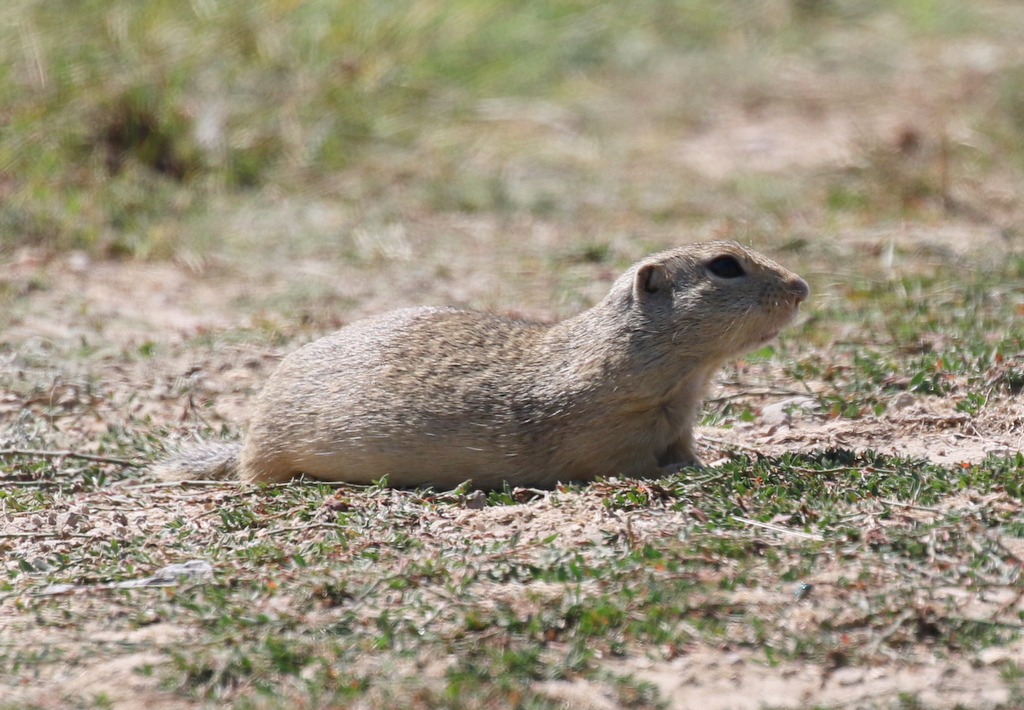
Birding the Dobrogea was a fantastic introduction to Romania. We saw a great selection of birds here over the three days. From there, we headed off to the Danube Delta, which we will cover in the next section of this blog post…
















